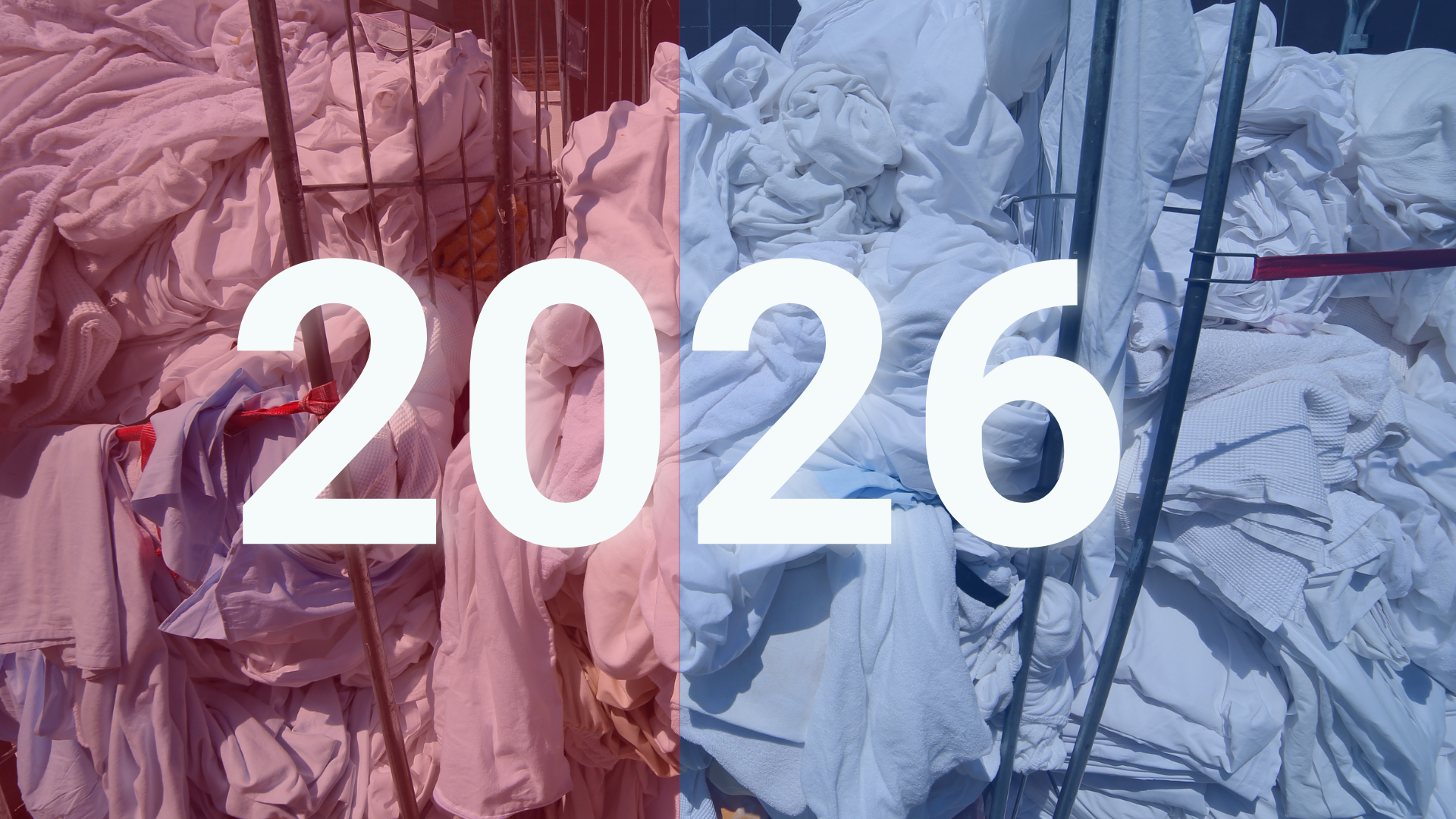5 Most Common Mistakes Industrial Laundries Make in 2025 (and How to Avoid Them in 2026)

Running an industrial laundry today is about more than keeping machines spinning.
It’s about efficiency, traceability, and staying compliant while meeting rising customer expectations.
Over the past year, we’ve talked to laundries across Norway and Europe. The challenges they face are surprisingly similar and so are the mistakes holding them back.
Here are the five most common ones we’ve seen in 2025, and what you can do to leave them behind in 2026.
1. Ignoring Data Until There’s a Problem
Many laundries still rely on gut feeling instead of data. They react only when costs rise or customers complain.
The result? Missed trends, inefficiencies that go unnoticed, and higher expenses that could have been prevented.
Smart laundries use dashboards and reporting tools that track usage, downtime, and energy in real time.
When you know what’s happening inside your operation, you don’t have to wait for problems to surface, you can act before they do.
Washd insight: Our clients use Washd to monitor everything from machine cycles to textile movement, giving them full control over both performance and costs.
2. Treating Hygiene Compliance as a One-Time Task
Hygiene isn’t something you “get over with” after an audit.
Standards like NS-EN 14065 (RABC) require consistent monitoring and documentation and many laundries still handle that manually.
Paper logs, Excel sheets, and scattered files make it nearly impossible to prove compliance quickly.
When an auditor asks for documentation, it turns into a stressful race to find the right data.
The smarter way: Automate hygiene control and reporting so you can show your compliance in minutes, not hours.
Washd insight: Washd automatically records process data and creates exportable audit logs, ready whenever you need them.
3. Overlooking Textile Loss and Shrinkage
Every missing uniform, towel, or sheet adds up. Across a year, textile loss can silently cost thousands.
Without proper tracking, laundries underestimate how much they’re losing, both in inventory and reputation.
The fix: Introduce RFID-based tracking to follow each item’s journey from delivery to return. You’ll instantly see where losses happen and how to stop them.
Washd insight: With Washd Sorting and RFID tagging, laundries have reduced losses from over 10% to under 3%, while gaining full transparency for clients.
4. Wasting Energy and Water Without Realizing It
Older systems often run at full capacity even when half-empty, wasting resources every day.
As energy costs rise, this mistake hits harder than ever.
The solution: Use systems that measure and optimize load, temperature, and water reuse automatically. Even small adjustments in process timing or load balancing can lead to significant annual savings.
Washd insight: Washd Control collects performance data that helps laundries identify where they can cut consumption, without cutting quality.
5. Delaying Digitalization Until “Next Year”
The most common sentence we hear?
“We’ll look into that next year.”
Digital transformation used to sound like a big project, but in 2025, it’s a matter of survival.
Competitors that invested early now run smoother, faster, and with lower costs, because their workflows talk to each other.
The good news: You don’t have to overhaul everything at once. Start with one process - sorting, route planning, or reporting, and build from there.
Washd insight: Many of our clients began with one Washd module and expanded step by step, seeing results from day one.
Ready to Make 2026 Your Most Efficient Year Yet?
The laundries that will lead the next few years aren’t necessarily the biggest, they’re the smartest.
By learning from 2025’s most common mistakes, you can save resources, build stronger client trust, and run operations that truly work for you.
If you’re ready to simplify your workflows and gain full control over your laundry operations, book a demo with avilo and see how Washd can help you start strong in 2026.
Contact us
We're Here to Help!
At avilo, your questions and feedback are crucial to us. Whether you're looking to discuss potential business opportunities, need support for your existing systems, or just want to learn more about our services, we're ready to assist.